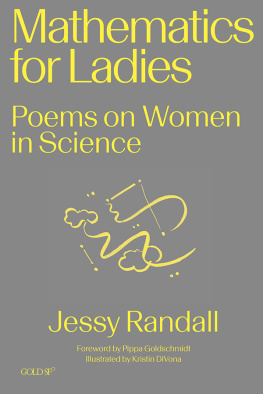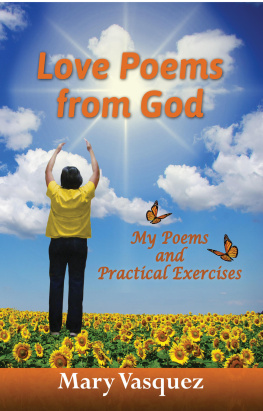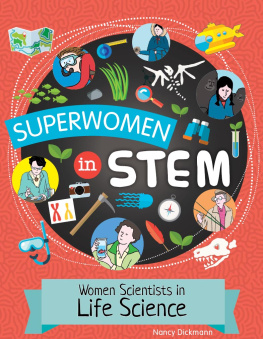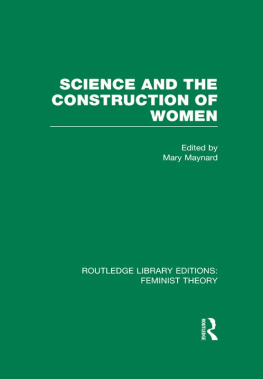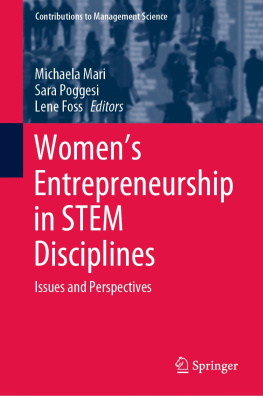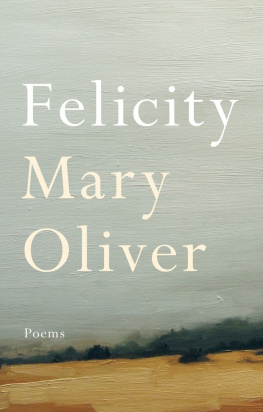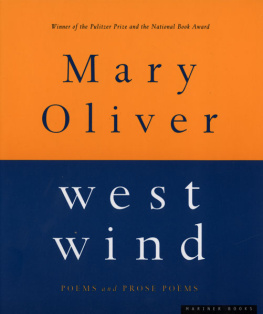Mathematics for Ladies
Poems on Women in Science
Mathematics for Ladies
Poems on Women in Science
By Jessy Randall
Foreword by Pippa Goldschmidt
Illustrated by Kristin DiVona

Copyright 2022 Goldsmiths Press
First published in 2022 by Goldsmiths Press
Goldsmiths, University of London, New Cross
London SE14 6NW
Printed and bound by Versa Press, USA
Distribution by the MIT Press
Cambridge, Massachusetts, and London, England
Text copyright 2022 Jessy Randall
Illustration copyright 2022 Kristin DiVona
The right of Jessy Randall to be identified as the author of this work has been asserted by her in accordance with sections 77 and 78 in the Copyright, Designs and Patents Act 1988. Every effort has been made to trace copyright holders and to obtain their permission for the use of copyright material. The publisher apologises for any errors or omissions and would be grateful if notified of any corrections that should be incorporated in future reprints or editions of this book.
All Rights Reserved. No part of this publication may be reproduced, distributed or transmitted in any form or by any means whatsoever without prior written permission of the publisher, except in the case of brief quotations in critical articles and review and certain non-commercial uses permitted by copyright law.
A CIP record for this book is available from the British Library.
ISBN 978-1-913380-48-9 (pbk)
www.gold.ac.uk/goldsmiths-press

d_r0
Note on the title: in the 1920s in the Soviet Union, mathematics for ladies was a derogatory term for pure math. For more information, see the note on Nina Karlovna Bari.
All illustrations are by Kristin DiVona, kristindivona.com, Visual Information Specialist for NASAs Chandra X-Ray Observatory, in partnership with the Smithsonian Astrophysical Observatory.
Illustration: NASA/CXC/SAO/KristinDiVona
Thank you, Barbara Whitten, Colorado College Physics Faculty, for your 2015 talk on Sarah Frances Whiting, which planted the seed for this book.
Thank you, Rebecca Barnes, Colorado College Environmental Studies faculty, for your ongoing work on women in science, particularly the Women in STEM Wikipedia Biographies project with Colorado College students.
Thank you to everyone who suggested subjects for poems or helped in other ways: Marianne Reddin Aldrich, Melissa Penwell Belanger, Aage Bendiksen, Anna Primrose Bendiksen, Janice Frankel Block, Amy Brooks, Inge-Marie Eigsti, Paul Erickson, Celia Gresham, Jennifer Gresham, Nicole Gresham, Ross Gresham, Julie Grisham, Sarah Healy, Kris Kanthak, Anju Kanumalla, Terry Kind, Kathleen Kirk, Sandra Knauf, Rebecca Laroche, Lisa Lister, Phoebe Lostroh, Eva Lovell, Norah McCormick, Heather McHale, Sarah Milteer, Alexei Pavlenko, Katherine Randall, Jane Shuffelton, Mike Siddoway, Alan Simon, Maxine Simon, Steve Simon, Robert Stoesen, David Weinstock, Anna Wermuth, Dina Wood, Cindi Zenkert-Strange.
The author gratefully acknowledges the editors of the literary journals in which versions of these poems first appeared:
Analog: First Scientist, Ajzenberg-Selove, Ayrton, Mirzakhani
Another Chicago Magazine: Burnell, Richards
Asimovs: Cannon, Taussig
Diode: Apgar, von Mises
Dreams and Nightmares: Roebling
Escape into Life (feature): Anning, Arber, Barry, du Chtelet, Eastwood, Fell, Mitchell, Rudin, Wu, Zhenyi
Ethel: Treat
Lady Churchills Rosebud Wristlet: Benz, Blackwell 2, Hamerstrom
Mobius: The Journal of Social Change: Goodall
The Mom Egg: Procter
NAILED: Auerbach, Bodley, Mayer, Meitner, Nice, Williams
Pink Panther: Granville
Poetry Northwest: Herschel
Redheaded Stepchild: Gaetana
Scientific American: Agassiz
Sendecki: Blackwell 3
Strange Horizons: Bari, Chase
Womens Review of Books: Crumpler, Hyman, Tharp
Zocalo Public Square: Montague
Zuzus Petals: Blackwell 1
Contents
We were always told that there werent any women scientists, either because of natural disinclination or lack of ability, or (whisper it) denial of opportunity. Classic texts on the history of science such as Men of Mathematics by E. T. Bell or The Ascent of Man by Jacob Bronowski confirmed that scientific genius was limited to men, Marie Curie the exception that proved the rule.
But open this book, and scan the table of contents and delight in the sheer number. There are so many women, pages of them, and each of them from the Everywoman First Scientist to the last, the Iranian-American mathematician Maryam Mirzakhani have their own poem; their voices speaking with intent and resolution, confident that they will (finally?) be heard by us.
In fact, the first so-called scientist was not a man but a woman. In the early nineteenth century, Mary Somerville became famous for her translation into English of the French mathematician Laplaces work on mechanics and planetary motion. After Somervilles book On the Connexion of the Physical Sciences was published in 1834; a work that brilliantly combined the then disparate fields of astronomy, physics, geology and chemistry as well as predicting the existence of a new planet from perturbations in Uranuss orbit (a prediction that was proved correct with the discovery of Neptune in 1842), William Whewell came up with the neologism scientist to describe her because the standard phrase man of science was now clearly out of date.
Marie Curie, the only scientist to have won two Nobel prizes in different scientific fields (physics and chemistry), is still too often the only woman scientist that can be named. She speaks to us from these pages, wryly noting that she doesnt want to be held up as the standard by which other women are measured:
Stop comparing me to every woman scientist!
Another Madame Curie this. A new Madame Curie that.
Let other women have their own voices, tell their own tales. Here also are the women who, for far too long, were assumed to be nothing other than assistants to better known and more celebrated male scientists, here Caroline Herschel (too often described as the sister of William Herschel rather than talented astronomer in her own right) demonstrates a self-possession:
My thoughts are mine.
Look in the mirror. See what you see.
Likewise, towards the end of the nineteenth century the astrophysical observatory at Harvard University started a deliberate policy of employing highly educated women as computers to study photographic plates of the skies and make complex calculations but this was not particularly enlightened, women were simply much cheaper to pay than men. The most famous of these computers, Annie Jump Cannon, made fundamental contributions to modern astronomy and helped establish the methods by which we measure the distances to stars:
every day for forty years
she went to work
and held the universe together.
Its nave to think that the erasure of women scientists is no longer an issue. The physicist Lise Meitner worked with Otto Hahn for much of her professional life in the Kaiser Wilhelm Institute for Chemistry, based in Berlin. After the Nazis came to power and Meitner fled to Sweden, the two continued to work together on the problem of nuclear fission, their explanation of how a uranium atom can disintegrate into lighter atoms was published in 1939 just before war broke out. After the end of the war when Hahn received the Nobel Prize for their collaborative work and Meitner was overlooked by the Nobel Committee, she was asked if being Jewish damaged her career. She replied, Being a woman is such a huge handicap that my religion has never mattered. In her poem here, Meitner compares her treatment at the hands of male scientists to the results of the atom bomb program:

